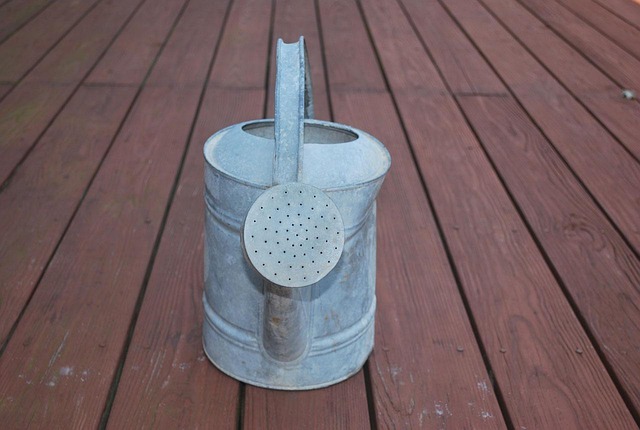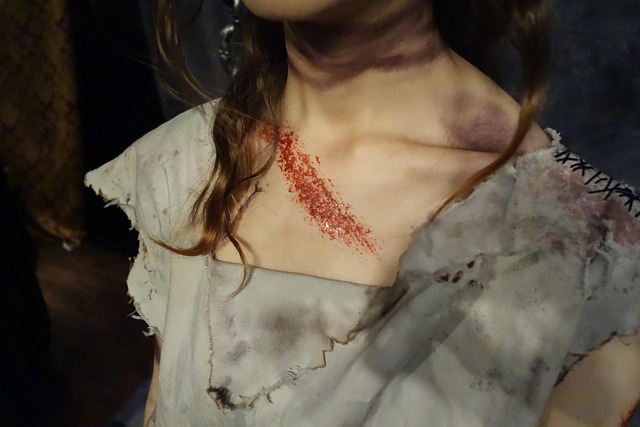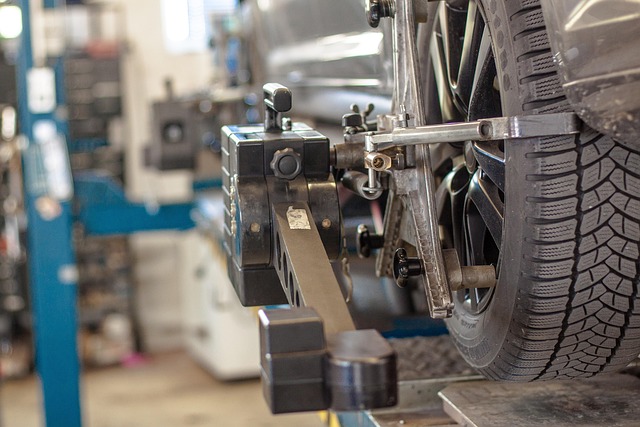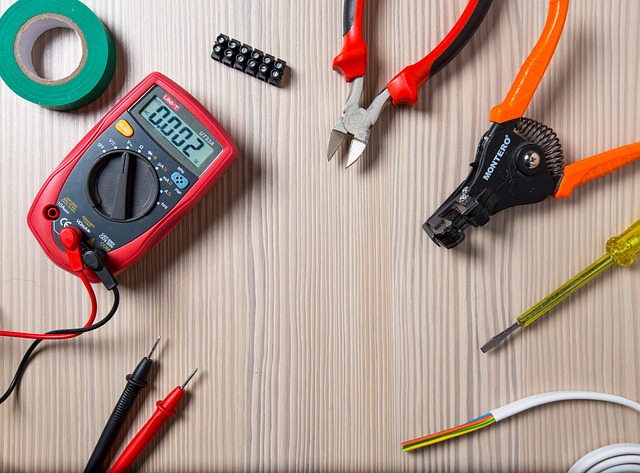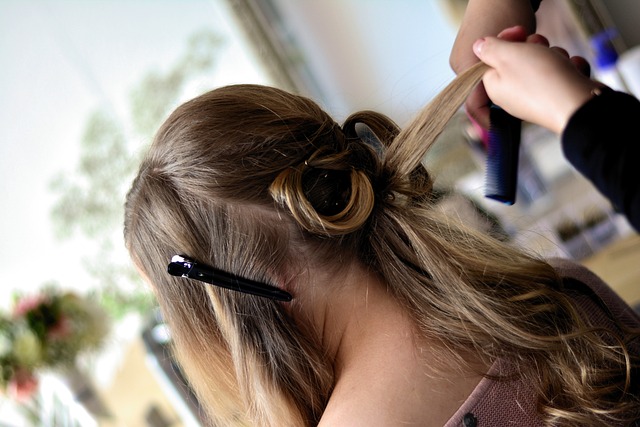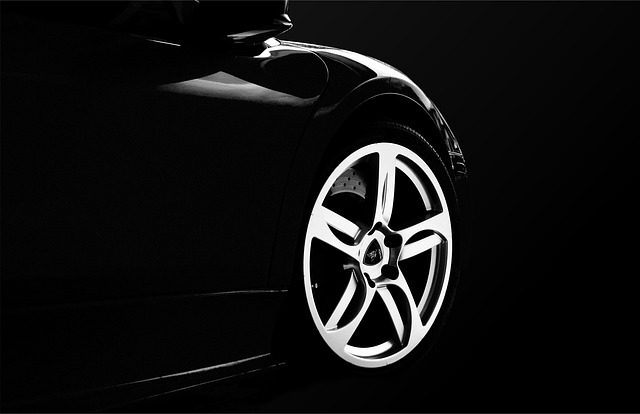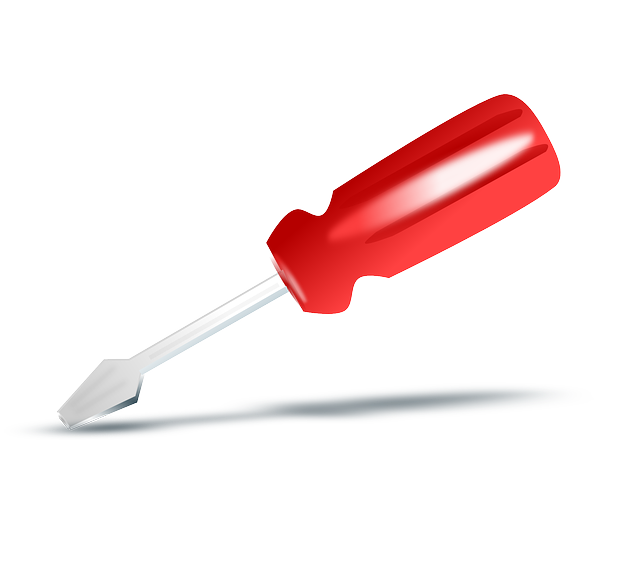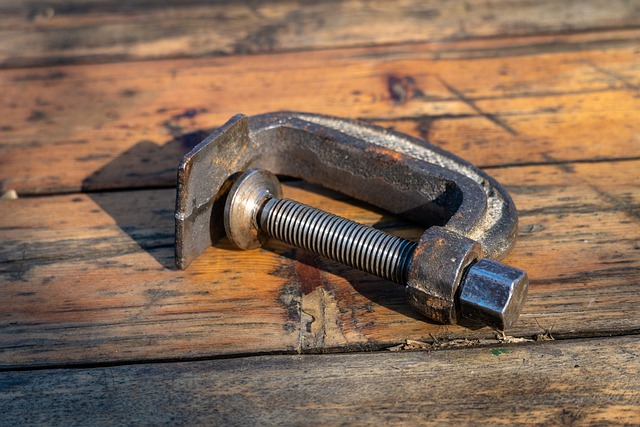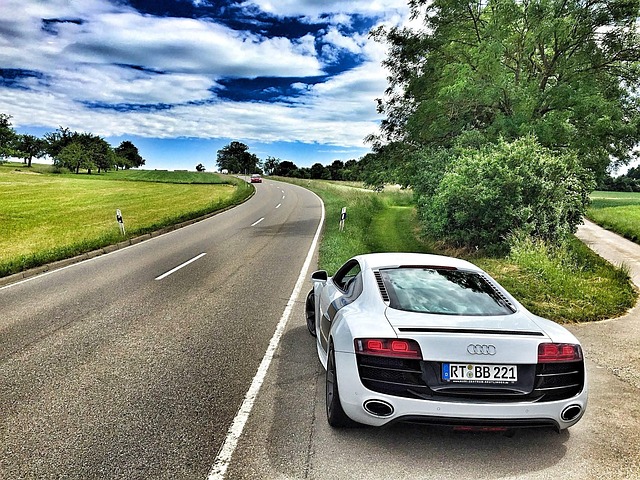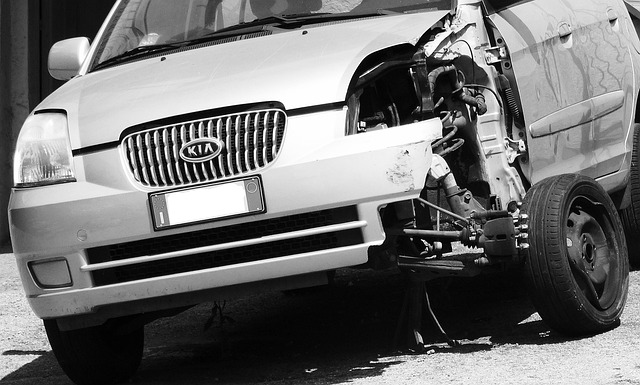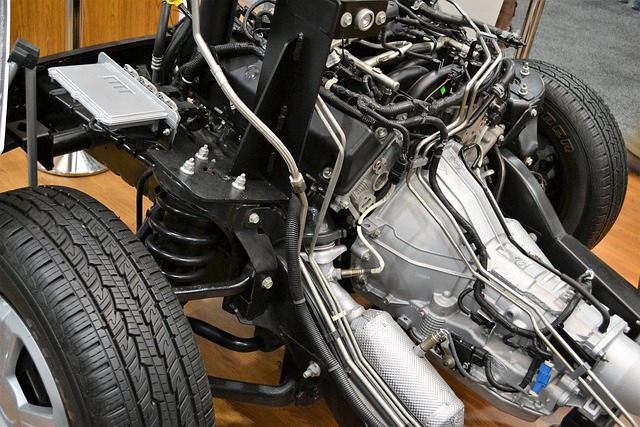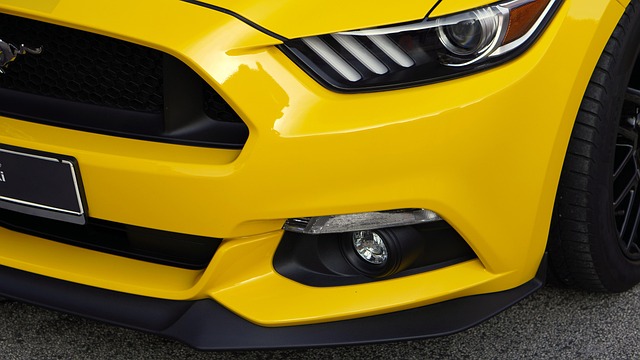In collision repair services, achieving perfect paint matching is a blend of art and science. Technicians use advanced tools like spectrophotometers to analyze damaged paint, comparing data with databases to ensure exact color replication for restorations like Mercedes Benz repair. This meticulous process involves preparing the area, applying base and clear coats with specialized tools, and analyzing scraped paint for custom blends, all to maintain visual appeal and structural integrity. Precision in paint matching not only restores aesthetics but also protects against future damage, preserving vehicle value and longevity.
In the realm of collision repair services, paint matching is an art that demands precision and expertise. This comprehensive guide delves into the intricate process of understanding paint matching, offering a detailed look at the science behind color accuracy. From the basics of paint composition to advanced techniques in collision repair, we provide a step-by-step approach for achieving flawless results. Learn how meticulous paint matching not only restores your vehicle’s appearance but also plays a pivotal role in preserving its resale value over time.
- The Basics of Paint Matching: Unlocking the Science Behind Color Accuracy
- Techniques in Collision Repair: A Step-by-Step Guide to Paint Mixing and Matching
- Ensuring Longevity: The Role of Paint Matching in Protecting Your Vehicle's Resale Value
The Basics of Paint Matching: Unlocking the Science Behind Color Accuracy

In collision repair services, paint matching is an art that involves precisely replicating the original color of a vehicle, ensuring seamless integration post-restoration. The science behind achieving perfect color accuracy lies in understanding pigments and their unique properties. Each shade of paint is composed of specific pigments mixed with binders and solvents, creating a distinct chemical makeup. When a car undergoes frame straightening or Mercedes Benz repair, for instance, technicians must carefully analyze the damaged area’s paint to identify its unique formulation.
This process involves using advanced tools and techniques, such as spectrophotometers, which measure light absorption and reflectance, accurately determining the color’s formula. By comparing this data with a vast database of paint codes and formulations, professionals can match the exact shade, ensuring not just visual similarity but also structural integrity in the car restoration process.
Techniques in Collision Repair: A Step-by-Step Guide to Paint Mixing and Matching

In collision repair services, achieving precise paint matching is an art that requires a deep understanding of automotive coatings and advanced techniques. The process begins with meticulous preparation of the damaged area, ensuring it’s clean, dry, and free from any contaminants. Skilled technicians then use specialized tools to apply base coat and clear coat, meticulously blending them for a seamless finish.
A step-by-step guide to paint mixing and matching involves several crucial stages. First, a small amount of the damaged area’s paint is scraped off and sent for analysis, determining the exact color formula match. Next, professional mixers use this data to create a custom blend, combining base pigments with various additives to replicate the original shade perfectly. This blend is then meticulously applied, layer by layer, allowing each coat to dry before the next is added. In auto collision repair, achieving this level of precision not only restores the vehicle’s aesthetic appeal but also ensures its long-term protection against future damage, making it a critical service in tire services and overall vehicle maintenance.
Ensuring Longevity: The Role of Paint Matching in Protecting Your Vehicle's Resale Value

In the realm of collision repair services, paint matching plays a pivotal role in ensuring longevity and preserving the resale value of your vehicle. When an automotive collision occurs, it’s not just about fixing the physical damage; it’s also about maintaining the aesthetic integrity of the car. Skilled technicians in automotive body shops employ intricate techniques to match the original paint precisely, seamlessly integrating the repaired area with the rest of the vehicle.
This meticulous process is crucial because a haphazard or poorly executed repair can leave visible traces, negatively impacting the overall appearance and market value. A car’s exterior paint is not just a coating; it serves as a protective barrier against environmental factors like UV rays, acid rain, and harsh weather conditions. By ensuring accurate paint matching during collision repair, automotive body shops shield the vehicle from future damage, prolonging its lifespan and preserving its initial beauty, which is of utmost importance to car owners considering resale or long-term use.
In the realm of collision repair services, paint matching is an art and a science. By understanding the basics of color accuracy and employing advanced techniques, professionals can ensure that repaired vehicles not only look pristine but also maintain their resale value. This meticulous process involves precise paint mixing and matching, treating every vehicle as unique. With these strategies in place, collision repair experts facilitate the transformation of damaged cars while safeguarding their aesthetic appeal and financial worth.
